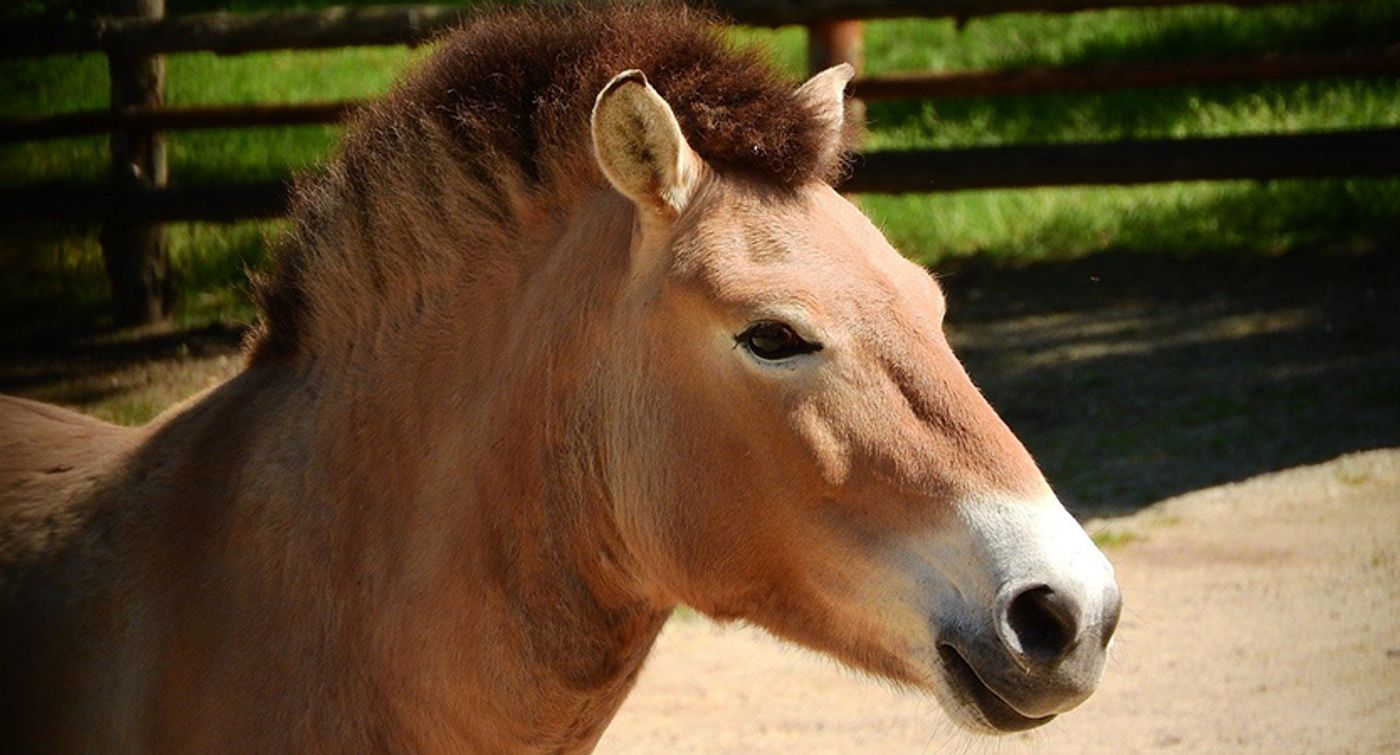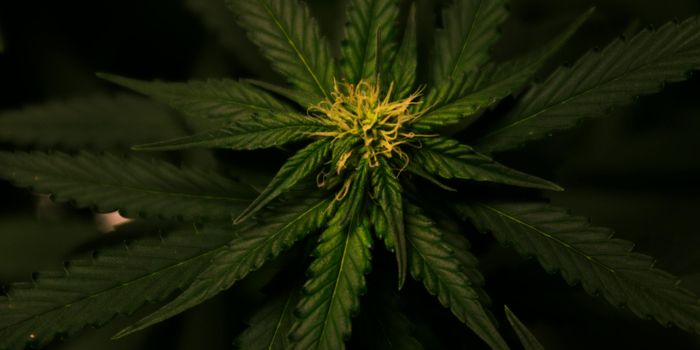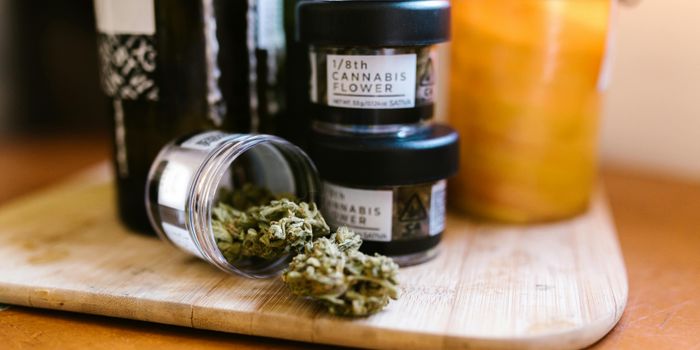Meet the World's First Cloned Przewalski's Horse
Say “hello!” to Kurt, a two-month-old Przewalski’s horse that has made scientific history as the world’s first successfully cloned Przewalski’s horse. While cloning is not new to domestic horses and cattle, Kurt represents significant reproductive technology advances to preserve endangered species. Kurt was created from cells that resided in the San Diego Zoo Global’s (SDZG) Frozen Zoo for 40 years and is named after a key founder of the conservation program, Kurt Benirschke, M.D.
Kurt was born on August 6, 2020, at Timber Creek Veterinary in Texas, a ViaGen Equine collaborator. Texas-based ViaGen Equine, California conservation organization Revive and Restore, and SDZG worked together to make this historic birth occur. According to the AP, the frozen cells were fused with an egg from a domestic horse. To ensure that the offspring would be more representative of the Przewalski species, the AP reports that the egg’s nucleus was removed before implantation.
According to the SDZG’s Institute for Conservation Research, Przewalski’s horses were once considered extinct in the wild. For the past 40 years, the species has survived nearly entirely in zoological populations worldwide. SDZG reports that all of these surviving horses are related to only 12 wild Przewalski’s horses. Additionally, although zoological breeding programs have bolstered this species’ numbers, genetic diversity was lost. SDZG hopes that techniques such as the one that created Kurt can restore genetic diversity throughout the Przewalski horse population.
In the article from SDZG regarding the birth, Bob Wiese, Ph.D., the chief life sciences officer at SDZG, said, “This colt is expected to be one of the most genetically important individuals of his species. We are hopeful that he will bring back genetic variation important for the future of the Przewalski’s horse population.”
SDZG’s Frozen Zoo was established in the 1970s to preserve genetic samples of endangered or otherwise threatened species until technology to help these species became available. As Oliver Ryder, Ph.D., the director of genetics at SDZG, stated, “A central tenet of the Frozen Zoo, when it was established by Dr. Benirschke, was that it would be used for purposes not possible at the time.” He continues that, “the living cells in the Frozen Zoo are contributing to reversing losses of genetic diversity and contributing to population sustainability.”
Sources: Associated Press, San Diego Zoo Global









